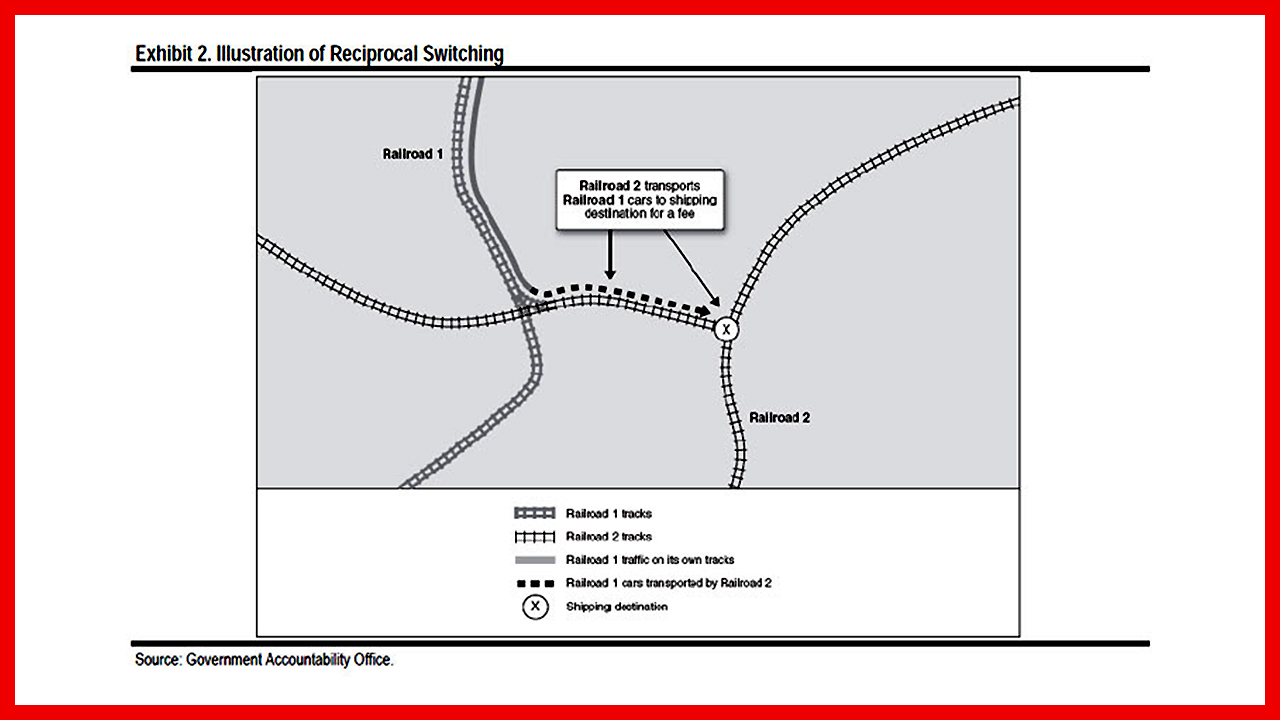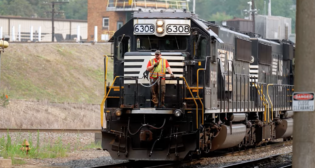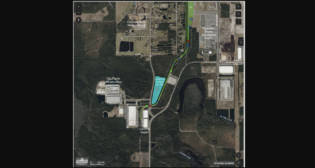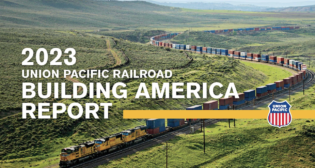
AAR to STB on Reciprocal Switching: We Need 90 More Days
Written by William C. Vantuono, Editor-in-Chief
The Association of American Railroads has asked the Surface Transportation Board for a 90-day extension of the comment period for the Notice of Proposed Rulemaking issued Sept. 7, 2023 in Docket No. EP 711(Sub-No. 2), Reciprocal Switching for Inadequate Service. If granted, AAR’s request will extend the comment period to Feb. 20, 2024.
AAR said it “recognizes and appreciates the Board’s desire to proceed expeditiously with this rulemaking. Nonetheless, the Notice proposes a novel and significant change in an important aspect of freight rail regulation. The proposed regulations are detailed and complex, requiring extensive effort to review and comment appropriately. The Notice expressly invites comment on at least 30 different questions, some with subparts. The schedule currently provided in the Notice will not allow interested parties sufficient time to analyze the many important technical and consequential issues under consideration in this proceeding and to prepare meaningful comments that will inform the Board. The current schedule likewise will not allow AAR to fully analyze the impact of the Board’s proposal on the rail network and provide meaningful comments on that issue. AAR is proceeding diligently to perform that important empirical analysis, but as explained in the attached Verified Statement (download full document below), it is data-intensive and cannot be completed by the current deadline for opening comments.”
AAR provided five reasons why the comment period should be extended:
1: “The Board’s proposal would represent a significant change in the regulation of the freight rail industry. The Board proposes to adopt a new part 1145 that would provide an independent basis for switching, ‘separate and apart from parts 1144 and 1147’ … That new part 1145 differs substantially from both the regulatory framework proposed in the original NITL petition and from the regulatory framework that the Board proposed in the 2016 NPRM, on both of which interested parties previously commented. Those proceedings involved multiple rounds of comments, some of which were entertained on comment periods as long or longer than the period requested here—a period appropriately calibrated to the gravity and complexity of those proposals.”
2: “The proposed rule is highly complex and detailed. For example, each of the new service standards contains multiple different elements, such as distinct performance thresholds and time metrics … Each service standard also incorporates a significant number of newly defined terms … In addition, the Notice proposes new affirmative defenses, new petition procedures, new standards for issuing and terminating switching prescriptions, and new data-gathering and reporting requirements … Indeed, those data-gathering and reporting requirements alone would typically be evaluated in a distinct proceeding with its own comment period.”
3: “The Board’s Notice solicits comment on at least 30 different questions, some with subparts. Many of the Board’s requests for comment implicate broad and consequential legal or policy issues. … Others concern highly technical operational or economic matters … The current 45-day period is insufficient to allow interested parties to analyze and provide meaningful comment on the Board’s detailed new regulatory proposal and to respond to all of the questions posed by the Board. AAR respectfully submits that a comment period that provides sufficient time to develop and provide meaningful input will reduce the risk that the Board may finalize a complex rule that is legally erroneous or locks in improvident policy choices on an incomplete record.”
4: “The current comment period is not sufficient for interested parties to empirically analyze the impacts of the Board’s proposed rule on the nation’s rail network. AAR is working diligently to perform an empirical analysis of the traffic potentially affected by the rule, but it cannot be completed in the time currently allowed. Accompanying this motion is a verified statement of Michael Baranowski and Nathan Zebrowski of FTI Consulting, Inc. … AAR has been working intensively with FTI Consulting and with member railroads since the Board’s decision issued and is exploring all avenues to provide a meaningful analysis of the type of information requested by the Board within the requested extended time frame.”
5: “AAR’s request is consistent with schedules the Board has adopted in other rulemaking proceedings proposing significant changes to the regulatory framework or requesting comment on multiple, complex issues. If granted, AAR’s 90-day extension would lead to a total comment period of approximately five and one-half months. In Subdocket 1 of this proceeding, the Board granted an extension request filed by AAR, resulting in a comment period of similar length … The comment period on the original NITL proposal in EP 711 was approximately ten months. The Board has allotted periods roughly similar to the period requested here in other proceedings that have invited comment on numerous questions.”
In FTI Consulting’s verified statement, Michael Baranowski and Nathan Zebrowski note that “a project to assess the amount of traffic potentially affected by the newly proposed rules would require the following (under a best-case scenario set of assumptions):
- “Collecting traffic tape data for at least 2 years from each of the Class I carriers.
- Estimating which of the thousands of customers’ facilities generating shipments in these data fall within terminal areas based on available data.
- “Determining which of the subset of customers’ facilities located within terminal areas have ‘practical physical access’ to only one Class I railroad, as defined by the Board.
- “Identifying the lanes for shipments determined to originate and terminate in defined customer facilities in terminal areas.
- “Investigating what OETA, transit time, and ISP weekly performance data is available at a lane-specific level for at least 1 year (2 years for transit times); if some data are available, then it would be necessary to ascertain if the methodologies used for collecting those data are consistent across carriers and are aligned with definitions in the proposed rule.
- “Matching weekly lane-specific performance data against weekly traffic movements for lanes identified above for individual shippers and receivers, and identifying, for each lane, whether there are any applicable 12-week periods where at least one minimum threshold is triggered.”
“Based on the scope of the areas of inquiry and the sheer number of rail shipments that occur annually, it is our preliminary view that the analyses required to estimate the amount of traffic potentially affected by the Board’s proposal would require thousands of hours of analytical work and likely take at least several months to complete, though we anticipate that the actual time required will depend on the potential data and other issues that may arise,” FTI said. “An extension of the current schedule would therefore be necessary for us to provide AAR with data analysis that would allow AAR to be responsive to many of the multiple technical questions that the Board has posed about the new proposal.”



